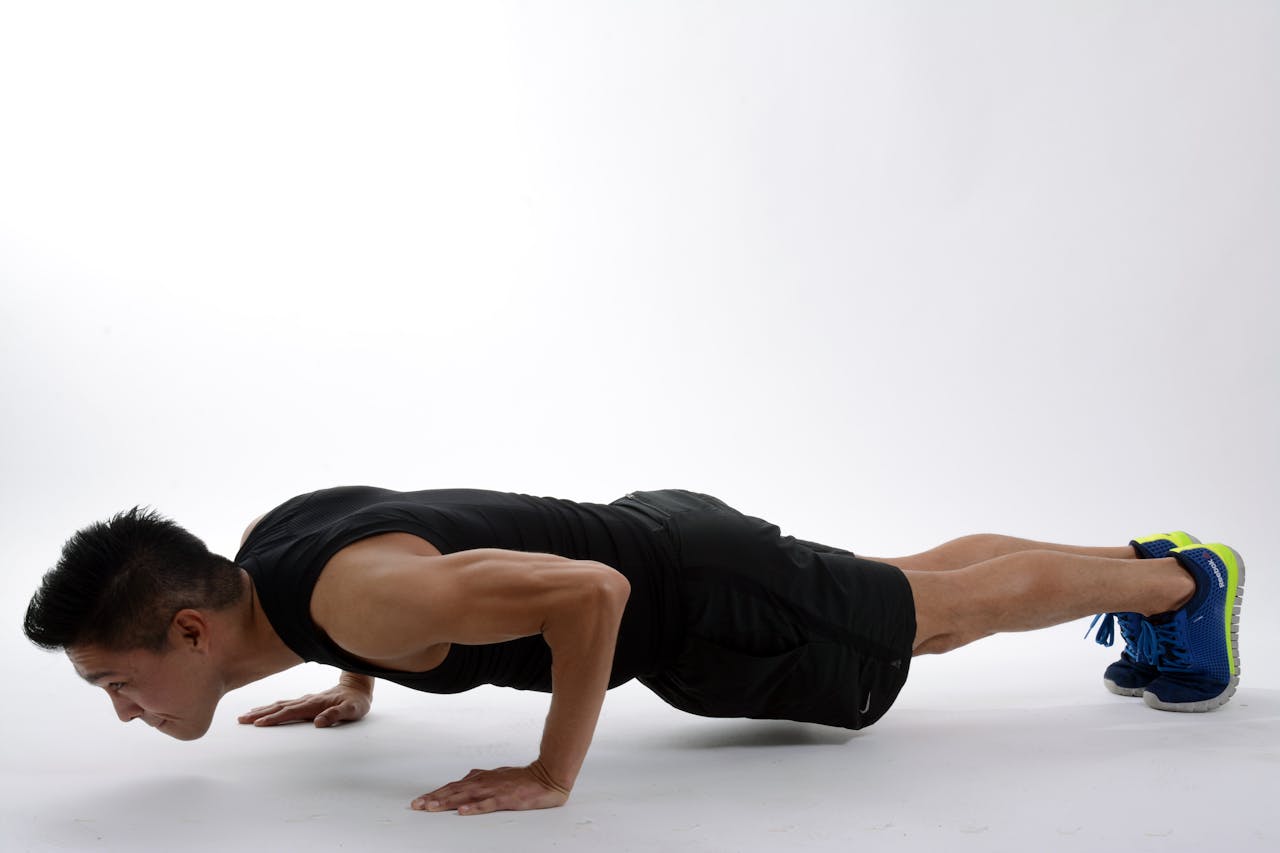Physical exercise isn’t just about sculpting your body—it’s one of the most effective ways to build mental toughness, emotional balance, and long‑term resilience. In this article, we’ll explore how intentional fitness strategies can enhance your mind as well as your muscles, and provide a step‑by‑step framework for turning workouts into powerful tools for mental strength.
Why Fitness Fuels Mental Resilience
When you push your body through a tough workout, your brain adapts in parallel:
- Endorphin Release: Exercise triggers natural “feel‑good” chemicals that reduce stress and anxiety.
- Neurogenesis: Physical activity stimulates growth of new neurons in the hippocampus, improving learning and memory.
- Stress Adaptation: Regular training acts as controlled stress exposure, teaching your mind to handle pressure both in and out of the gym.
- Improved Confidence: Successfully mastering challenging workouts reinforces self‑belief, creating positive feedback loops.
Four Pillars of a Resilience‑Focused Routine
To harness fitness for mental toughness, center your plan on these pillars:
| Pillar | Mental Benefit | Sample Activity |
|---|---|---|
| 1. Progressive Challenge | Builds grit and self‑efficacy | Increasing weight in strength workouts |
| 2. Mindful Movement | Enhances focus and emotional regulation | Yoga flows, Tai Chi |
| 3. Stress‑Inoculation | Trains your brain to remain calm under duress | HIIT circuits, cold plunges |
| 4. Recovery Rituals | Encourages reflection and down‑regulation | Guided meditation, deep‑breathing exercises |
1. Progressive Challenge
Gradually increasing workout difficulty teaches perseverance:
- Strength Training: Add small weight increments every 1–2 weeks.
- Endurance Work: Extend run or cycle distance by 5–10% each week.
- Skill Drills: Practice advanced balance moves (e.g., pistol squats) with decreasing support.
Tip: Log your increments; charting progress visually reinforces that “I can do more than I thought.”
2. Mindful Movement
Integrating mindfulness into exercise turns each session into a meditation:
- Breath‑Synchronized Reps: Inhale on the eccentric, exhale on the concentric.
- Body Scans: Pause halfway through a set to notice muscle tension and consciously relax non‑working areas.
- Focused Transitions: Use rest periods to center on present sensations rather than phone distractions.
3. Stress‑Inoculation Training
Controlled exposure to stress in fitness contexts makes everyday challenges feel more manageable:
- High‑Intensity Intervals: Alternate 30 seconds of all‑out effort with 60 seconds of rest, pushing through discomfort.
- Environmental Stressors: Try workouts in cooler temperatures or light drizzle (with proper safety measures) to enhance adaptability.
- Cold Water Immersion: Brief cold showers or plunges can teach you to regulate your fight‑or‑flight response.
4. Recovery Rituals
Rest is when mental growth consolidates:
- Guided Meditation (10–15 minutes): Post‑workout, focus on breathing patterns or visualization of successful workouts.
- Journaling Prompts: Write down one physical achievement and one mental challenge you overcame today.
- Active Rest: Gentle walks, stretching, or yoga help maintain flow and encourage reflective states.
Designing Your Weekly Resilience Plan
| Day | Morning Routine | Workout Focus | Evening Wind‑Down |
|---|---|---|---|
| Monday | 5 min breathing exercises | Strength training (legs) | 10 min guided meditation |
| Tuesday | Journaling (daily intention) | HIIT session | Light yoga flow for 15 min |
| Wednesday | Body‑scan mindfulness (5 min) | Endurance run or cycle (30–45 min) | Gratitude journaling (3 entries) |
| Thursday | Affirmation (read aloud) | Strength training (upper body) | Cold shower (1–2 min) + breathing |
| Friday | Visualization of weekly goals | Yoga or Tai Chi (45 min) | Reflective journaling + stretch |
| Saturday | Nature walk with mindful focus | Mixed circuit (full body) | Meditation and progressive muscle relaxation |
| Sunday | Rest: gentle stretching and self‑check | Active recovery (light swim or walk) | Plan next week’s challenges |
Tracking Mind‑Body Progress
- Dual Journal: Record both physical metrics (weights, times) and mental notes (stress levels, confidence rating).
- Weekly Check‑Ins: Rate your overall mood, energy, and stress resilience on a 1–10 scale.
- Milestone Celebrations: Recognize when you push through a difficult set or handle an external stressor calmly—reward yourself with a healthy treat or self‑care activity.
Conclusion
By weaving intentional challenges, mindful focus, controlled stress exposure, and thoughtful recovery into your fitness routine, you’ll cultivate unshakable mental resilience alongside physical strength. Over time, you’ll find that the skills you build in the gym—perseverance, focus, emotional regulation—naturally extend to your career, relationships, and every aspect of daily life. Embrace the journey: each rep, breath, and deliberate pause brings you closer to a stronger body and an even stronger mind.



